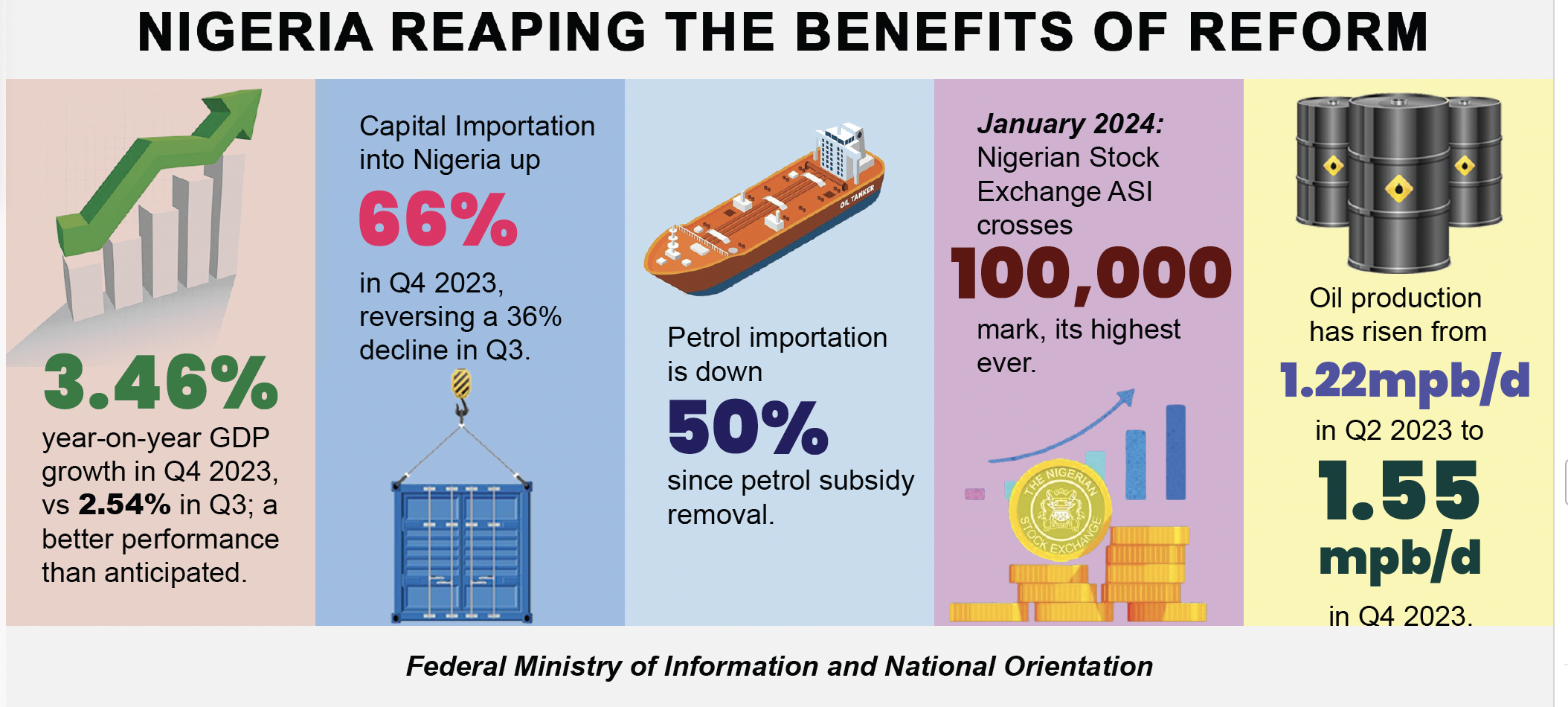As water is to the fish and as air is to all living, so is cash flow to individuals and businesses. No living thing can survive without the air; likewise an individual or a business deprived of cash flow may pass away prematurely. Cash is liquid, and it also flows like water. It has a way of finding its level or changing the course of its flow toward the direction it’s desperately needed. If an individual’s or a business’ purse has been made to become like a hill or mountain through poor financial decisions, bad spending habits or other circumstances, cash will natural flow towards the ‘valley’, a welcoming pocket. It is also sure that the direction it flows can either bring prosperity and blessing or ruins, chaos, disappointments, and gnashing of teeth.
No individual or business can exist for long without good flow of cash; a healthy pocket or a thriving business needs good flow of cash in both directions – in and out – and without let or hindrance. However, for an individual or a business to be happy, the volume of flow into the pocket or into the business coffers should be higher than the volume flowing out. Let me explain it in another way: like a house, it is the ability to keep the entrance door wide open to receive resources but the exit door carefully and consciously controlled that makes a such a home rich with substance.
When someone is just starting to earn or an income generation venture is started, it is normal if expenses are higher than the amount earned as regular income or the figures generated from sales. If a business runs out of cash during this period, such a business may die before it reaches the period where it can sustain itself. The challenge before every business manager is how to adequately sustain the flow of cash in both directions during the period that the business is prone to failure, and to carefully plan and monitor the flow at other times in the life of the business.
In doing a financial plan for a business, it is necessary that the issue of cash flow be considered very carefully. During the period that sales may be low, how will a business meet its payment obligations? How do you keep the employees in good shape? True to who they are, when some employees sense that the business they work for is not liquid financially, they are less bothered about what contribution they can offer to make the business thrive. Rather, their minds are occupied with how to move out and secure other jobs; and the resources of the struggling business may be used to search for and secure new employment. For an entrepreneur not to find himself or herself in this situation, he or she needs a careful cash flow plan. Also, a business that is transacted on credit will need at least double the amount needed for stocks and materials for its operations not to stop while awaiting payment for products sold or services rendered. And if a particular equipment will be required for the business and it has to be bought through cash payment, the business may have its operations hindered. A cash flow plan is a forecast that shows how much money is expected to come in and how much is expected to flow out in a particular period, usually monthly. It is a table that reveals well ahead of time when a particular amount of money is expected to be received and when a particular payment is to be made.

Also Read:
- I now know why Gov. Uba has been praising Tinubu — El-Rufai
- Surviving abroad marriage: My observations, by Tunde Asaju
- Why I dumped PDP – Nwoko; We won’t miss him — Commissioner
- Anambra: Three siblings killed, bodies dumped in deep freezer
- Telecom Tariff Hike: NLC suspends planned nationwide protest
In doing a cash flow plan, it relies heavily on its twin sister, the sales and costs plan (earlier discussed on this column), and it requires about twelve steps – depending on the knowledge of the person doing it. The cash flow plan for your business should show in figures the amount of money likely to be in your bank account or cash box at the end of each month of a period the plan covers. It should show where money is coming from (whether from sales of products, liquidation of investments, gifts, loan, or wherever) and the exact amount that is expected. Likewise, your cash flow plan should vividly reveal what items you may need to spend money on in your business and how much you need to spend.
If you have known ahead of time how much money that may lie idle in your bank account in a particular month, you will be able to have ample time to plan very well to judiciously engage the money, and if you will need a particular amount of money in a particular month you will be able to have sufficient time to think about where the money will come from and what you need to do to secure it. This is part of the business riddle a good cash flow plan helps you solve.
Ola Emmanuel is a business planning consultant

